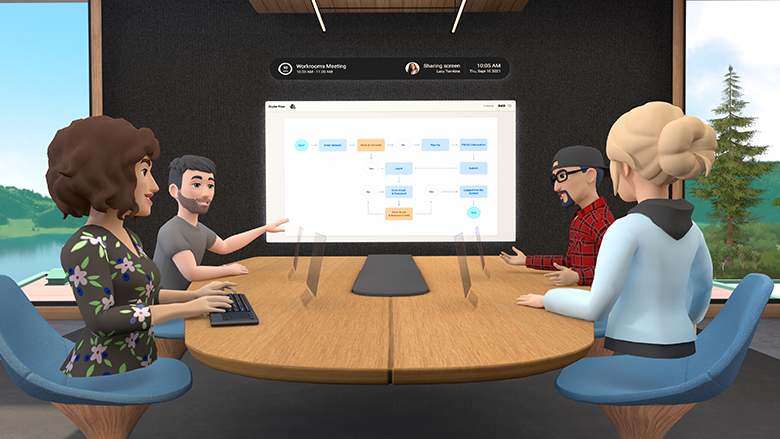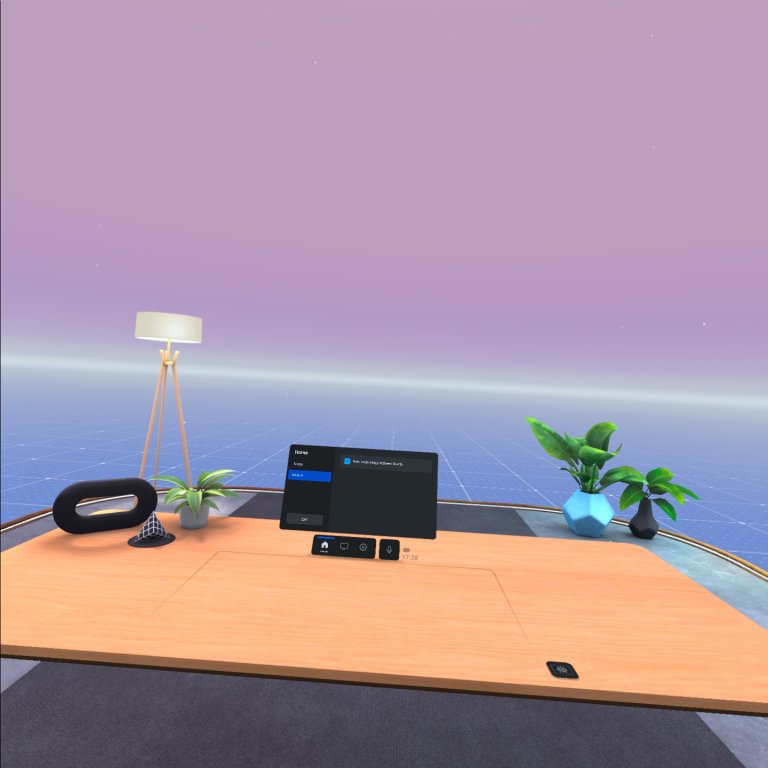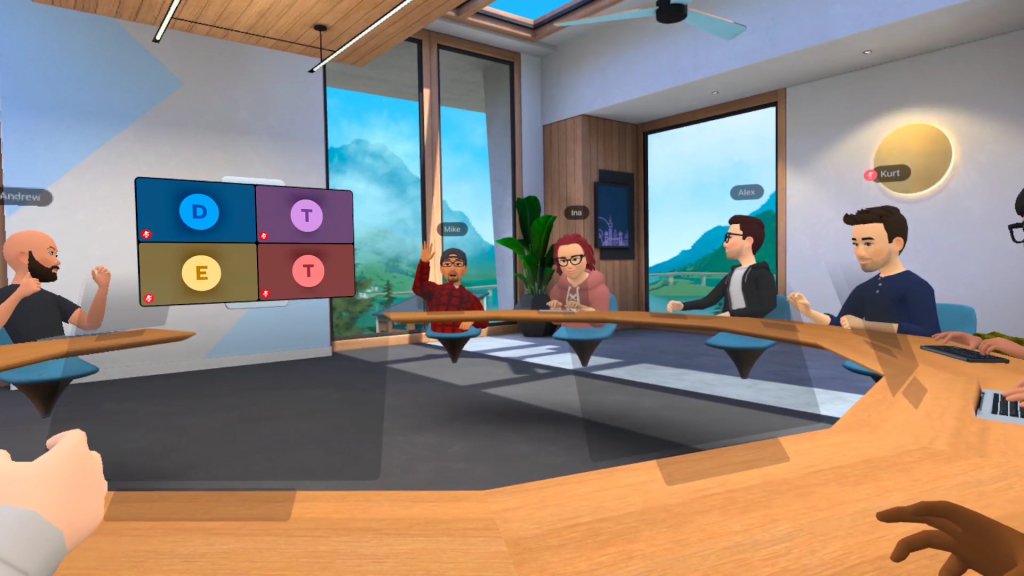How The Metaverse Is Changing The Office

Stay updated with the latest intriguing stories for high achievers by following our Telegram channel here.
In October of 2021, Facebook founder Mark Zuckerberg announced his latest venture, the Metaverse. But what is it actually? And what plans does the tech billionaire have for this exciting new product?
“Metaverse” might only be trending now, but the concept was first introduced way back in 1992 by sci-fi writer Neal Stephenson to describe a 3D virtual space. Coming back to the future in 2022, things like artificial intelligence, virtual and augmented reality could be seen as “predictions” that Neal Stephenson had.

An earlier “version” of the Metaverse would be Second Life. Launched in 2003, Second Life is an online multimedia platform that allows people to create an avatar of themselves and have a second life in an online virtual world. Basically the original Sims.

People using Second Life created avatars that listened to talks, shop for virtual and real luxury clothes and most famously, speculate on real estate, something that is happening right now in the current Metaverse.
Metaverse is not simply video games and leisure, but games such as Second Life, give a glimpse of the real-world potential that the Metaverse has in the office, especially during the pandemic.
At the height of the pandemic, businesses had to adapt to new working conditions with the aid of technology and the internet. Proving that people will find creative and unique ways to stay productive always. Metaverse will only further improve work quality and productivity by implementing virtual reality (VR) technology from the comfort of their own homes or anywhere they like.

The best example of how Metaverse will impact how we work would be Horizon Workrooms, a collaboration among Oculus, the primer company for VR and augmented reality (AR) hardware and software with Meta.
The platform lets users come together in the same virtual room to collaborate, communicate and connect remotely with VR headsets. There are features such as mixed-reality desk and keyboard tracking, hand tracking, remote desktop streaming, video conferencing integration and many more.

There are many more exciting features to look forward to such as bringing your own desk and computer into VR with you. By using the new Oculus Remote Desktop companion app for Mac and Windows, you will have access to your entire workstation through VR. Taking notes, sharing files and sharing your screen with colleagues will be more seamless than ever.

The Oculus technology lets users feel even more connected through spatial audio technology. There are many customization options on sounds. The sounds are more lifelike too with Oculus’ high quality, low latency spatial audio, you will hear people based on where you are seated.
There is also an infinite whiteboard where you can draw, pin images and export them afterwards. Custom rooms for any task that can scale up to the shape and size that you want. And if you do not own a VR headset, don’t worry because you can still join the meetings through video calls. Video participants will show up on a video screen in the virtual room, just like a real conference room.

It is understandable that some may dread the thought of working from home indefinitely as the rise of Corona Virus cases and its variants trends upwards. However, it is futile to stop the advancement of technology.
Some may argue that employees would not comply with purchasing a VR headset, essentially more of a toy now, that costs a couple of hundred bucks. But with giant conglomerates such as Meta, Microsoft and many others joining in the competition, in the long run, it is more financially prudent to spend money for these headsets for employee use as it will cut costs on rent, electricity and other expenses as we reduce the need for office space in the future.
The future is now, and someday the future corporate leaders will no longer work above the clouds in soaring skyscrapers, but instead, in the most immersive and endless office space that the mind can imagine with others across the world.



